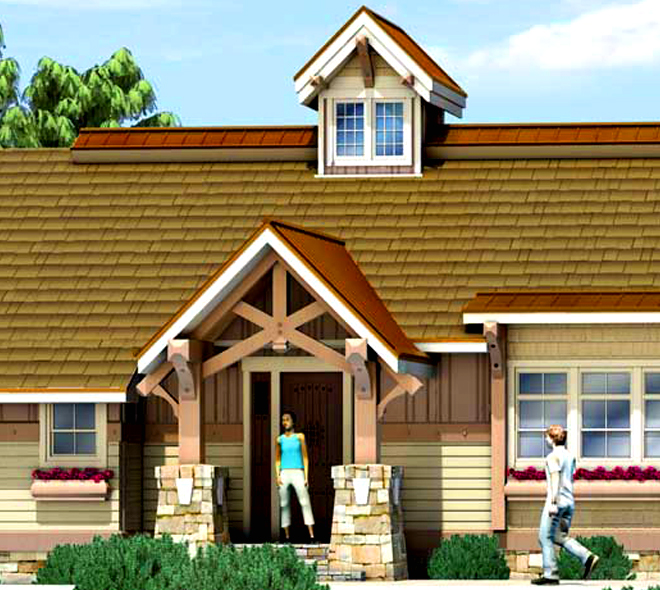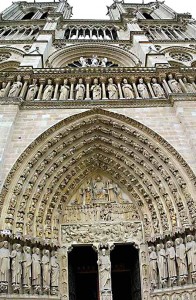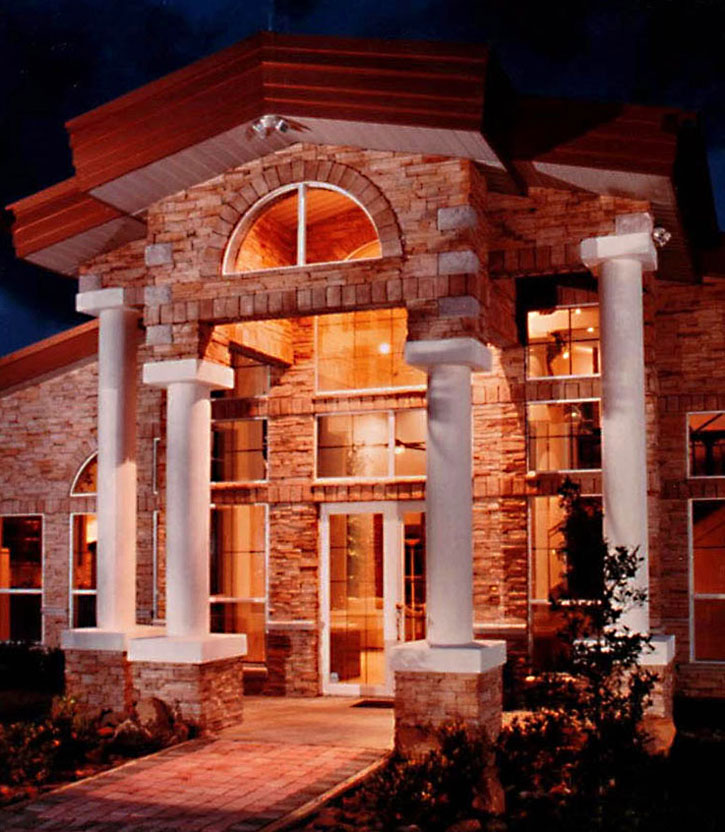This is another request. Meaning that a potential client or existing client has requested that I write an online article about this subject. So, we are taking requests these days. Not only custom house design, but custom writing informational articles about that topic. So e-mail us and make your requests… Rand@HomeArchitects.com
This firm ( HOME ARCHITECTS ® ) has been asked to create an online article about how different residential styles impact the budget of a client. This all relates to the amount of detail in a cubic foot of space: the more turns, corners, and added different elements = more expensive. The less elements in a cubic foot of space on and in a building = simpler = less expensive. And of course: more expensive materials = more expensive cost of your house.
So, to keep it simple: more detailed styles with more expensive materials happening over greater areas in your proposed house are going to cost you more money to build. That’s about as simple a way to view this. So, no matter what “style” you are considering, just look at it and compare it with a plain box. The more different things you see happening will increase your cost. The simpler “styles” should decrease your costs. However, there are exceptions to the rule.
For instance, in contemporary designs, you might have very large plate glass windows. once you start getting past a reasonable size, glass begins to get more expensive, because it may have to be “made-up” as a custom fabrication. And there is a given that most glass being used these days will be double-pane insulated glass, so that makes custom panes even more expensive. And when you start making the glass significantly larger, it must be thicker. Why? Because to resist the wind, which is calculated horizontal to vertical glass, it has to increase in thickness, just as when a post or wall becomes much taller than normal. Unless it is braced. There are not many ways to brace a pane of glass and still achieve the desired clear view, so the panes of glass are mainly on their own to resist heavy winds. For instance, in mountainous regions, you can have winds of up to 130 mph. The glass needs to be able to resist this, which requires greater thickness. So, even though some contemporary styles might be visually simpler, the cost can soar, if there are substantially larger areas of glass with fewer supporting members, often called “mullions.”

Farmhouse styles are one of the least expensive and simplest of house types to design and construct. The are boxier, simpler and use low-cost durable materials quite often. There can be exceptions to this standard, such as including elements like functional dormers, which increase the roof framing cost, but add natural light into a cathedral ceiling area, which is always desirable. And while often economical materials are specified, any owner can always increase their costs by instead opting for higher-end appliances and more costly finishes and other items, like increase efficiency air-conditioning systems. All good things, and all with higher pricetags. Owners need to look at the person in the mirror to understand who is mainly responsible for the cost of their house.
 Okay, so what do we mean by more going on per cubic foot, in terms of a style? Well, let’s take a look at a high Gothic style. A church from several hundred years ago. Notre Dame Cathedral on the island of Cite in the middle of the Seine River in Paris. Note all the interesting ins and outs? The fancy embellishments on so much of the surface? The elaborate shapes and huge round “rose window” ((above the entry portal)which is also stained glass)? The dramatic height? The huge floor areas (that’s inside, of course, but trust me, I was there in person, so I’d know).
Okay, so what do we mean by more going on per cubic foot, in terms of a style? Well, let’s take a look at a high Gothic style. A church from several hundred years ago. Notre Dame Cathedral on the island of Cite in the middle of the Seine River in Paris. Note all the interesting ins and outs? The fancy embellishments on so much of the surface? The elaborate shapes and huge round “rose window” ((above the entry portal)which is also stained glass)? The dramatic height? The huge floor areas (that’s inside, of course, but trust me, I was there in person, so I’d know).
Now, you don’t see many homes in true Gothic style, do you? Because they would cost the owner an arm & and a leg. And take decades or longer to build. Some cathedrals took hundreds of years to build and untold fortunes. However, you do see homes with lots of detail. And styles blur. There are combinations. For instance, Rand Soellner can create a Mountain Timber Gothic style that uses muscular timbers to create Gothic arches.

So: the main thing is Not about what the so-called “style” is or isn’t. It’s about the level of detail and cost of materials and labor. For instance, stone work is one of the most expensive treatments you can have in a house or just about any building. It is heavy, requires more foundations, and is labor intensive and requires special detailing to support and flash and seal it over openings and above roofs. In other words, lots of stone = expensive. So, while stone may be independent of any particular style, it is a driver of cost and your budget.
The lesson to be learned is: any specific “style” does not matter. Amount of detail and cost of materials does.
For further information about how style affects budget, you are welcome to contact Rand Soellner, architect at: 828-269-9046. www.HomeArchitects.com
tags: budget and house design, atlanta, georgia, hendersonville, cashiers, las vegas, aspen, telluride, jackson hole, roankoke, orlando, newnan, boise, boulder, colorado
